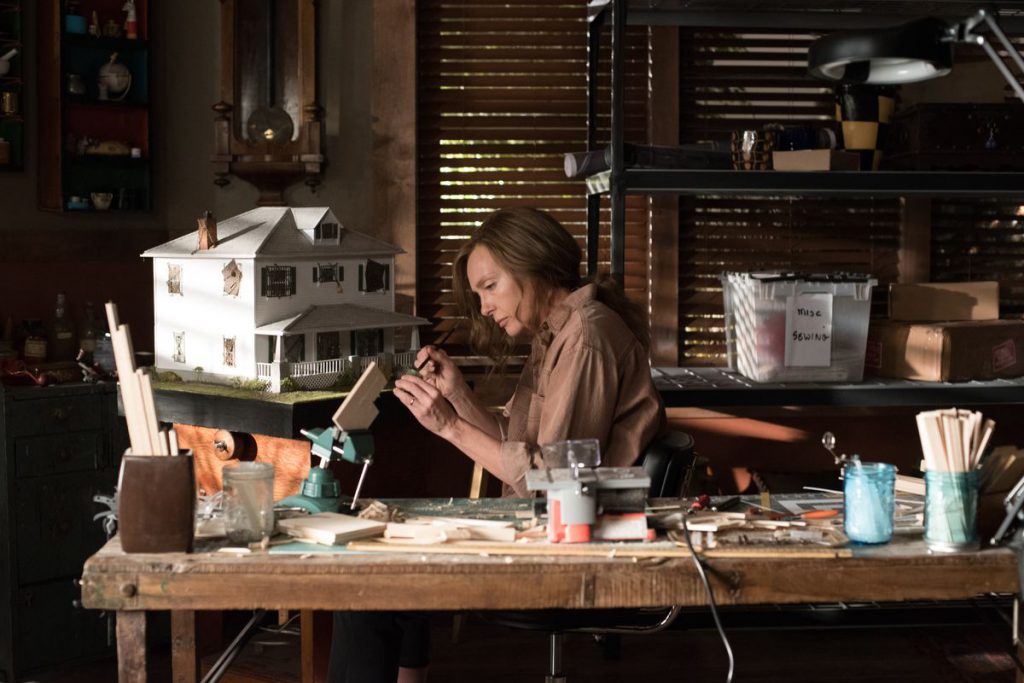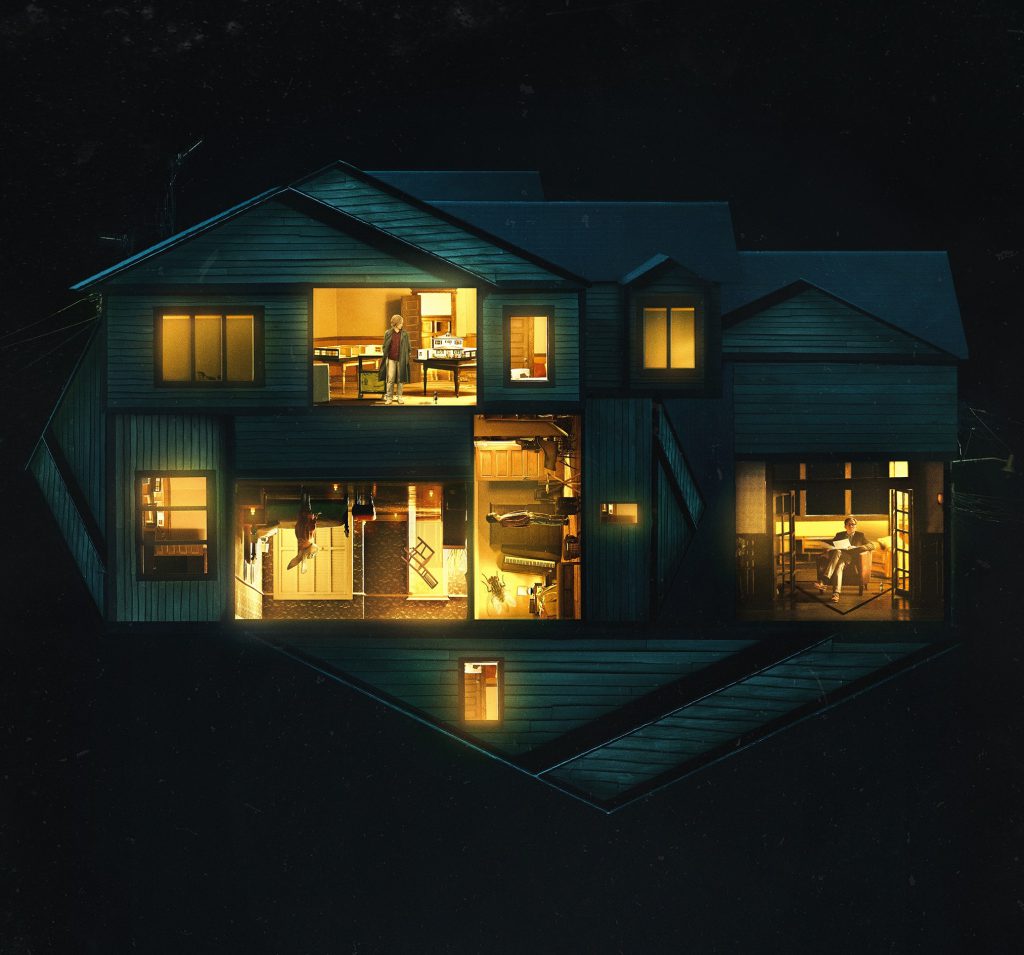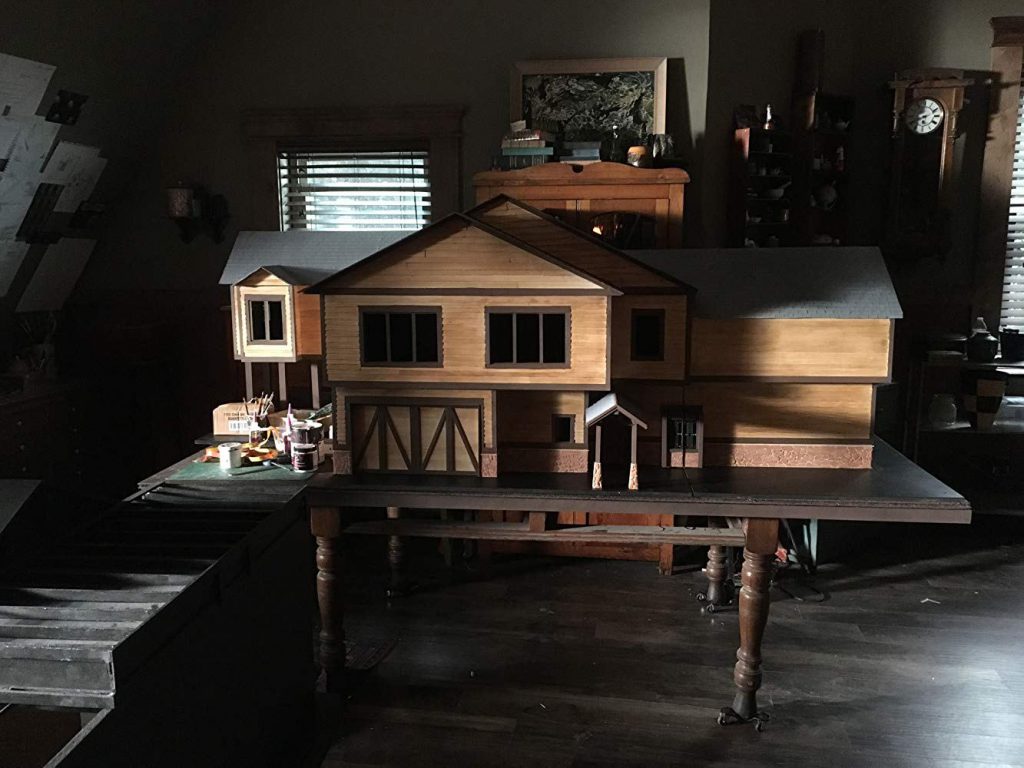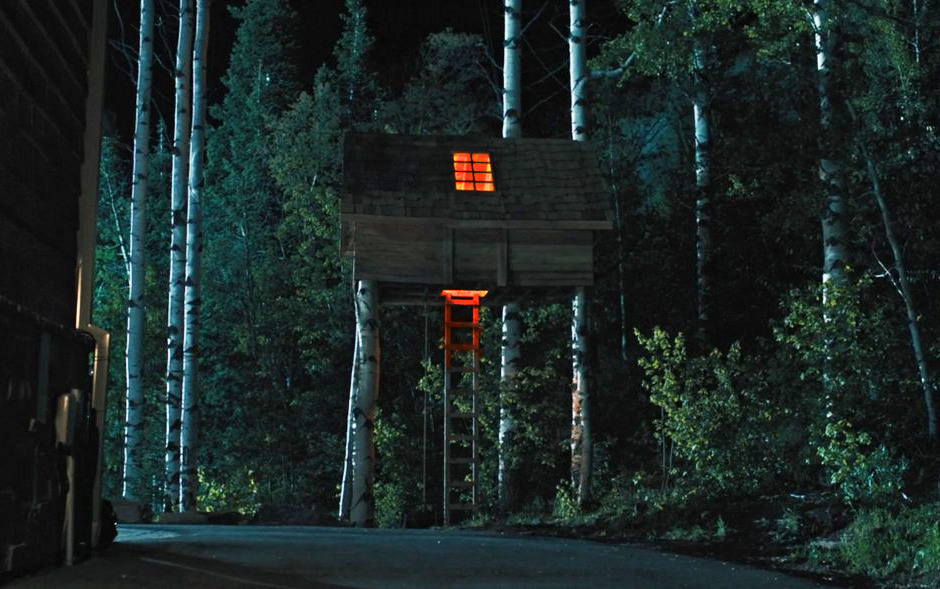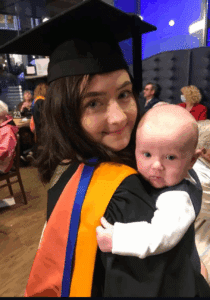WARNING: THIS BLOG CONTAINS MILD SPOILERS FOR THE 2018 FILM “HEREDITARY”
In many horror films, where much of the action takes place inside the home, there is an unspoken focus on the house or building itself. Famous film franchises such as “Amityville Horror” rely on the pre-existing horror of a traditionally creepy, haunted house. 2018’s “Hereditary” uses architecture and interior design in a unique way, which still instils fear into the viewer.
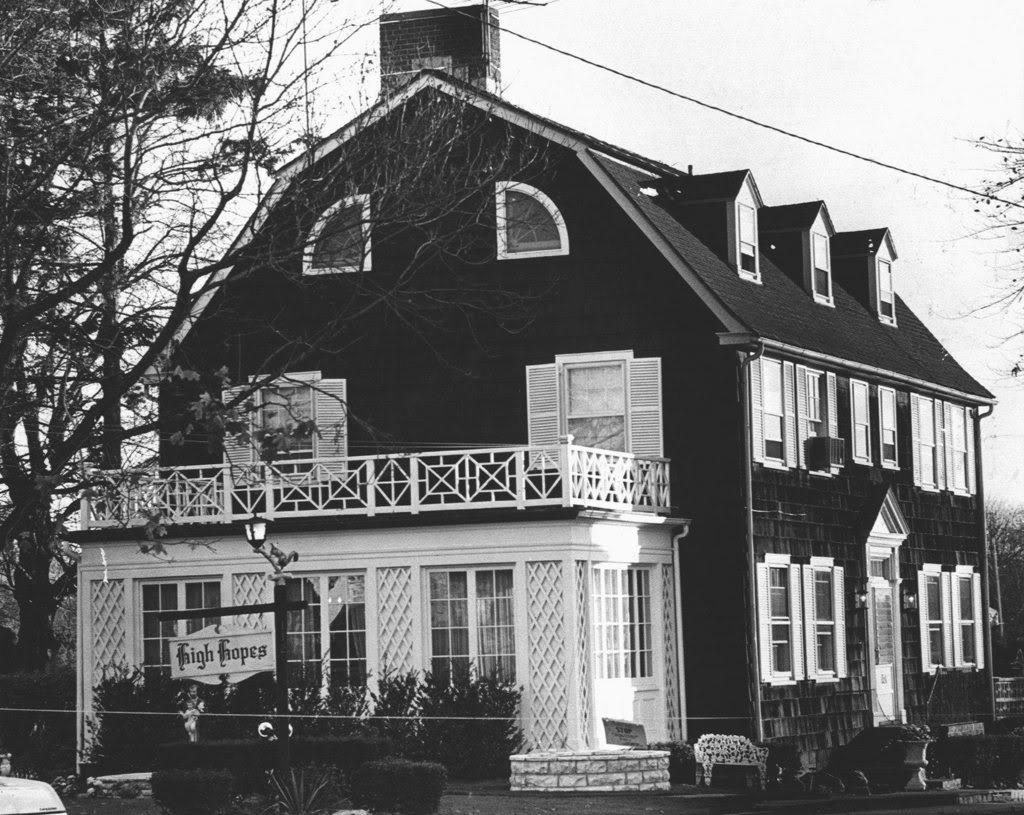
“Hereditary” is a critically acclaimed film by director Ari Aster and A24 studios, a production company responsible for some of the best horror films of the last decade. “Hereditary” focuses on a family burdened by unusual secrets. The mother, Annie (played by Toni Collette) is one of the main protagonists of the story and plays an important role in setting the scene/s (literally).
Annie is an artist who specialises in miniatures. As the film’s plot involves the family experiencing more psychological stress, she begins to ignore her commission pieces and architectural models. Annie starts to focus on obsessively creating her family house and members in a miniature form. This makes for an incredibly haunting depiction of her own mind, and the way in which she sees her family. She depicts in physical form the events of the film, unmoved by the horror. This gives Annie’s diorama – a miniature set, an even darker and unnerving feel.
If you watch the first few seconds of the movie’s trailer, you will see one of the many doll’s houses/dioramas created by Annie. The dioramas play a huge part of the film – camera tricks allow the director to blend the dioramas with the scenes including actors filmed inside the house. The very act of this is one of the unnerving aspects of the film – reducing the characters to props, further insinuating that the subjects of the story have absolutely no control over what happens to them.
With the use of these miniature versions of the house, much of the movie is filmed in a way that frames the picture as it would with the miniature. This means the camera is pointed straight-on, with a lack of ‘angled’ shots – very similar to the style of Stanley Kubrick.
What all of these techniques allow the director to do is indulge the viewer into the feeling and atmosphere of the house more than other horror films. With no inherently ‘scary’ design features of the house, the viewer starts to feel comfort – recognising aspects of the house in different ways – from real-life scenes, to the diorama depictions – this helps you understand the floor plan and layout. This technique subconsciously draws you further in to the film, investing yourself with your knowledge of where the characters are in each scene.
The property’s tree house features for a few seconds at the beginning of the film. It has an innocent look, which gives the opening shot an air of homely-ness and calm. It is throughout the film that the tree house is given a more important role in creating a haunting atmosphere, created by an expressive red glow coming from the structures entrance and window.
For some horror film franchises, this trope would be taken advantage of – and there would be more focus on the ‘creepy’ nature of this tree house, but Hereditary only gives you snapshots of this building, to evoke curiosity, ultimately making the involvement of the tree house in significant scenes that little bit scarier.
In conclusion, the film is deliberately vague at times in terms of the story, but not with the architecture and interior design. The technique of engrossing the viewer into the film using knowledge of floor plan and layout is something that has only been practised a few times in film history. One example being Stanley Kubrick’s 80’s horror classic The Shining.
If you’d like to read more about architecture and interior design in horror films, we released a blog post this time last year with analysis of other iconic buildings in horror movies. The blog also includes a list of great horror films fit for designers and artists alike this Halloween!
Written by Ruth Skrytek, National Design Academy tutor.
